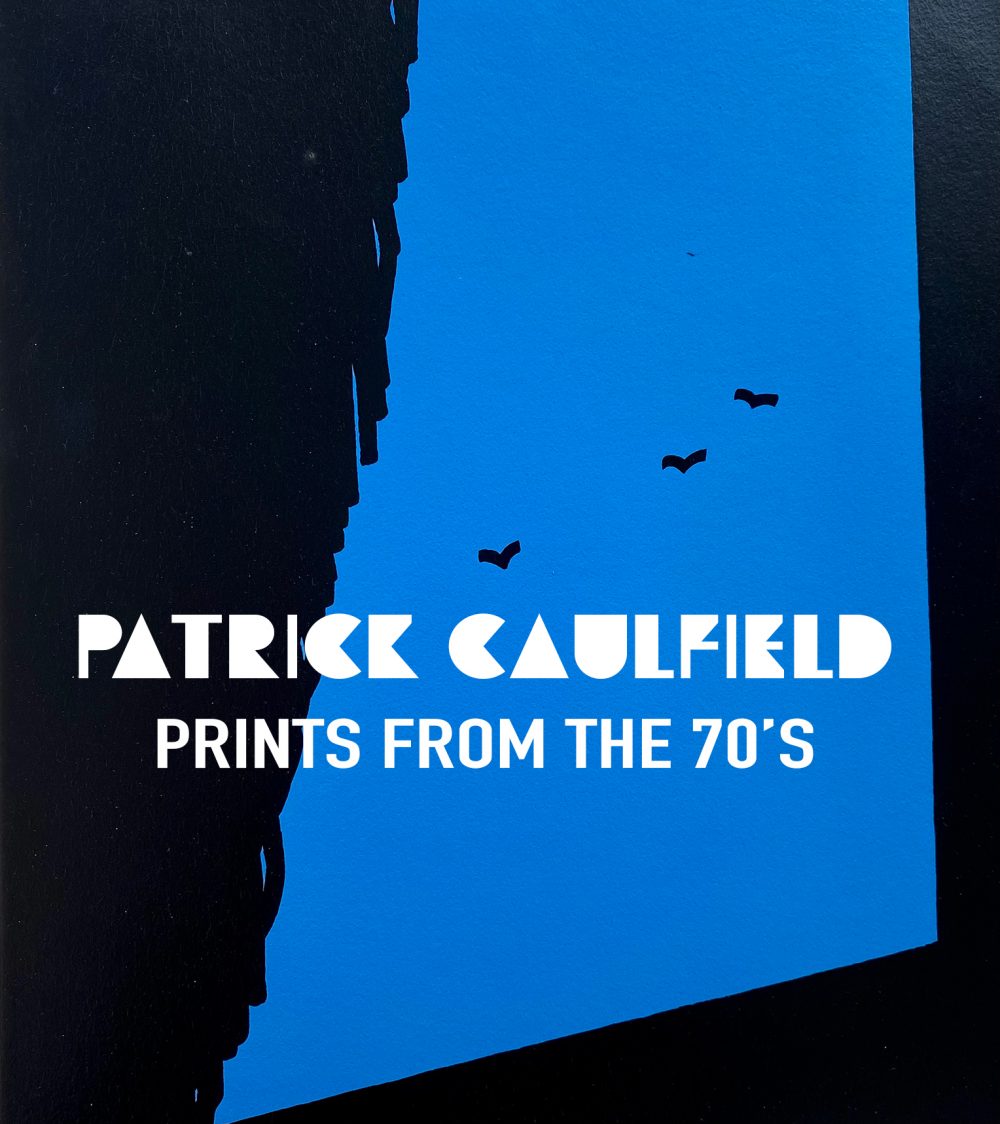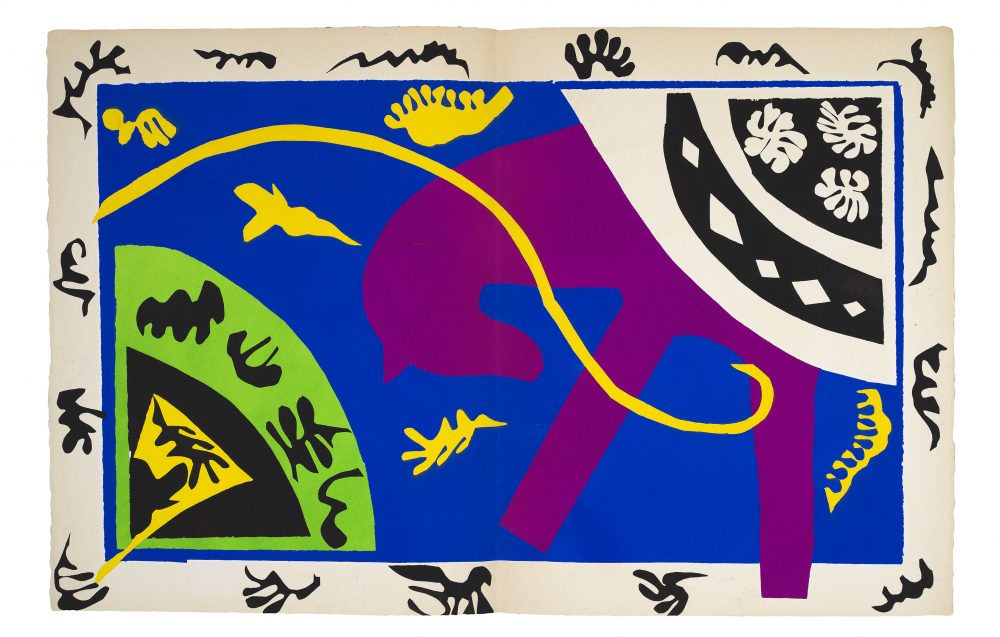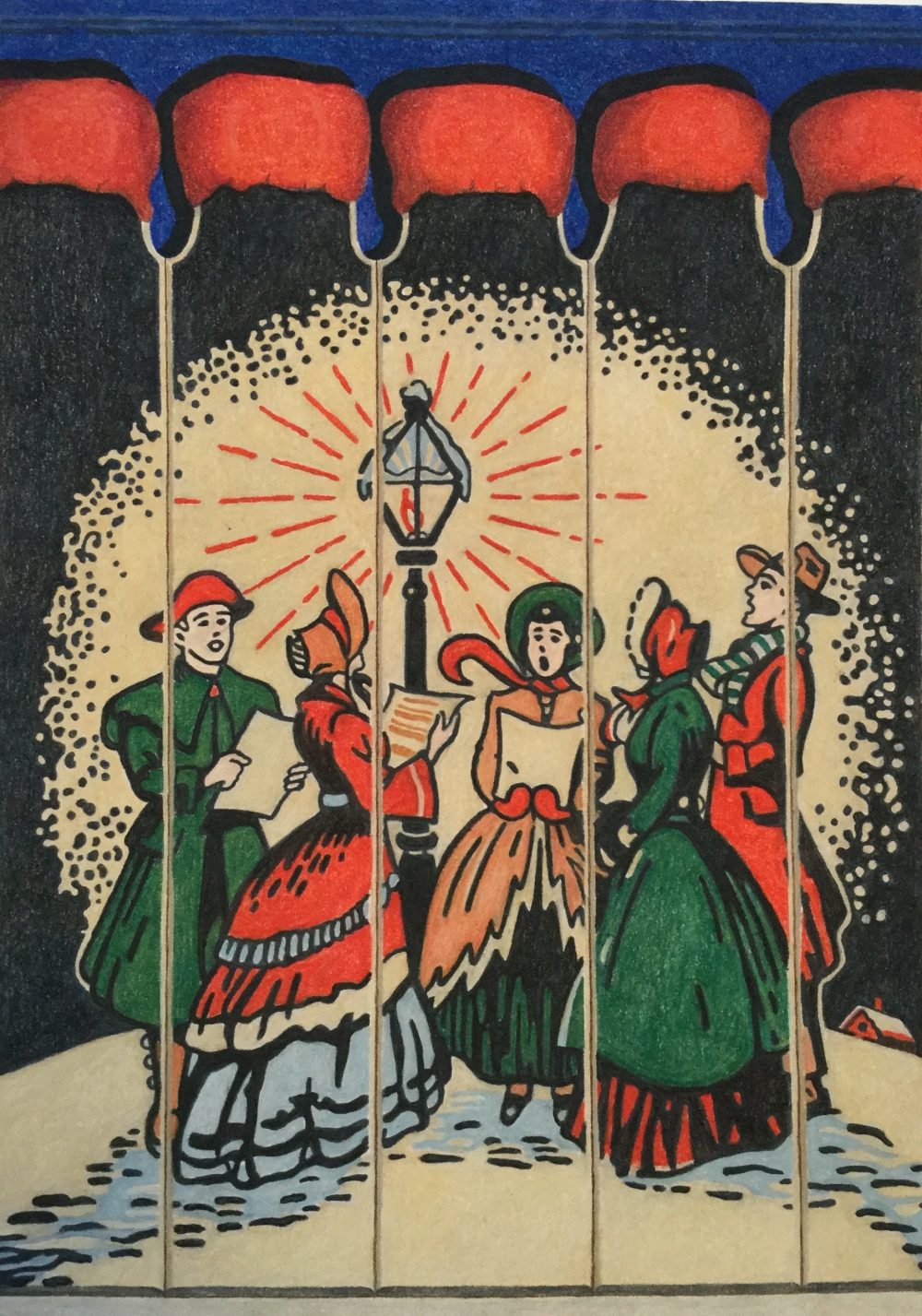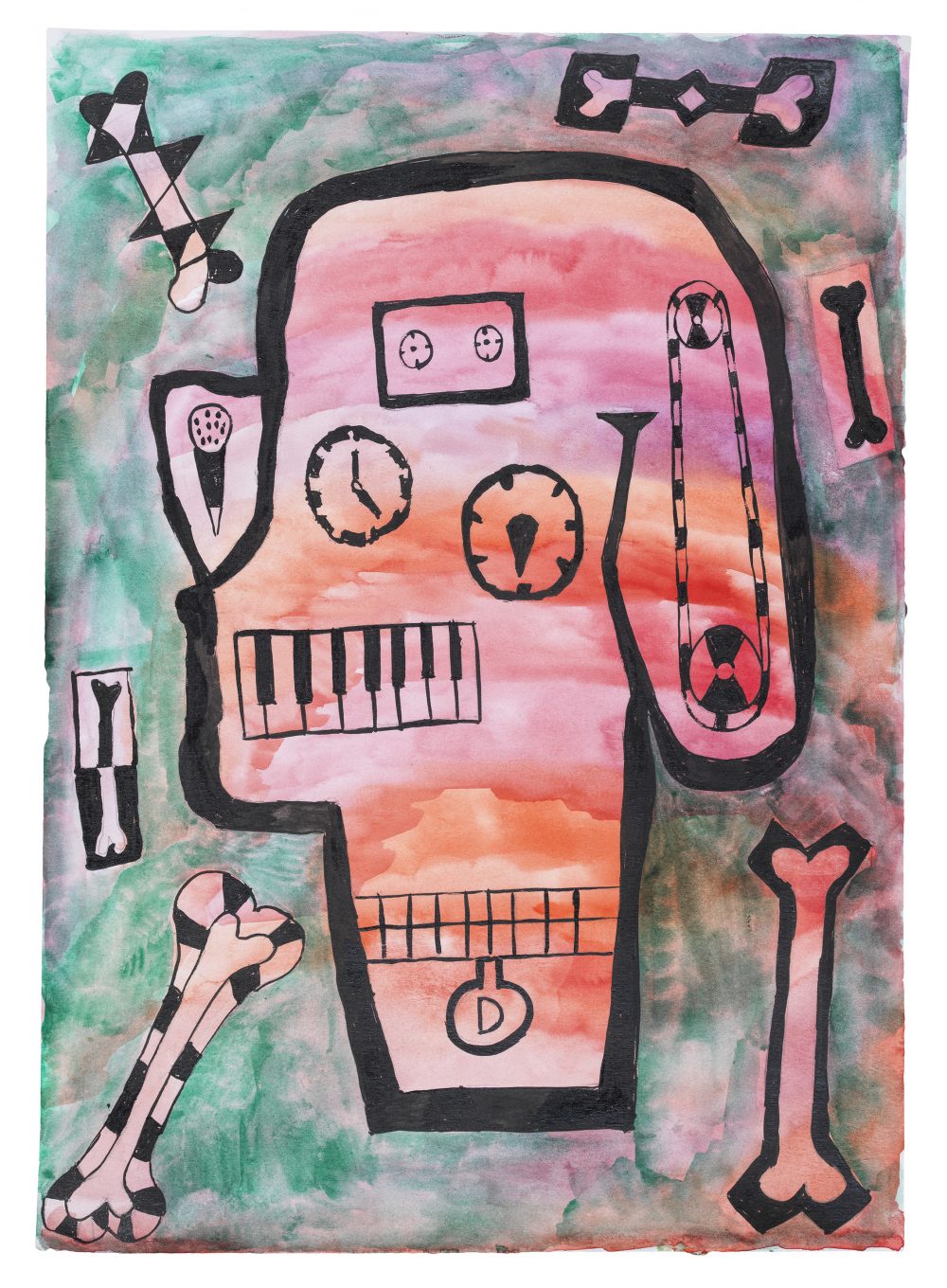Henry Moore
The Art of Poetry
Please provide us with a few details to progress to the viewing room
Thank you for your enquiry
We will be in touch shortly.
Henry Moore
The Art of Poetry
26th January - 26th February 2021
Online Only
Henry Moore (1898 – 1986) is one of the most significant Modern British artists. He was mainly known as a sculptor whose organically shaped, semi-abstract and often monumental bronze and stone figures made him one of the most important sculptors of the twentieth century and has made a lasting impact on this medium. He was also a prolific draftsman and printmaker, conveying these sculptural forms onto paper. This month’s online exhibition explores the graphic side of Moore’s practice and provides an insight into his connection with the literary world.
The works in our presentation focus on lithographic prints created for La Poésie (Poetry) that were made between 1973-76. Moore was invited to illustrate a group of French poets selected by the French President at the time, Georges Pompidou. This would be one of the last artistic projects that Pompidou would be involved in, as he would reach the end of his life in the spring of 1974. The poets selected included the literary greats including Racine, Gérard de Nerval, Victor Hugo, Charles Baudelaire, Stéphane Mallarmé and Paul Valéry. The idea was to develop illustrations that resonated with the literary quotations chosen. Moore had a head start, by creating images first, as the texts were later in arriving than expected. Themes that he had visited in his previous prints such as sculptural and stone forms, standing and reclining figures would recur. The tonality and colour palette used for La Poésie have a slightly dream-like atmosphere and delicate quality, with the forms and figures given generous space.
This print accompanied the quote by Racine: “Et les siècles obscurs devant moi se découvrent.”
The project inspired a new way of working in lithography for Moore. In collaboration with the legendary print studio Curwen Studios, the artist developed a new technical process called ‘diazo lithography’. The prints were made by drawing onto a thin transparent film with black lithographic ink or semi-opaque liquid. The image was then transferred to the plate by ultra-violet light. The strength of the image depended on the length of exposure, allowing the image to be made up a series of tonal layers from one original.
The prints are comprised of a mixture of those from the edition on Arches wove paper as well as several rare proofs on Japon nacré paper, which has a delicate texture and sheen. They come from the private collection of the publisher, Félia Léal, who was a publisher of artists’ books. She was the director of the Association de Bibliophiles Art et Poésie, the publisher of the present series of prints. Léal had been known among artists’ circles, including being friends with Pablo Picasso.
The above three lithographs were originally made to introduce the set of prints in La Poésie.
…Oui, c’est pour moi, pour moi, que je fleuris, déserte!
Stéphane Mallarmé
In Ideas from a Sketchbook Moore drew on two layers of film: one for the background, another for the figures. Both films were exposed twice to make four plates. After proofing, the colours ranges were decided upon. Here we see that the background was printed in ochre and light ochre, and the figure in grey and brown. The result is a four-colour lithograph printed from four plates.
Le don de vivre a passé dans les fleurs!
Paul Valéry
Une dame créole aux charmes ignorés.
Charles Baudelaire
Ils reviendront, ces dieux que tu pleures toujours!
Gérard de Nerval
This image echoes the composition chosen for the slipcase of the portfolio and was therefore entitled Slipcase.
Available Works:

David Hockney
David Hockney Will Come
3rd - 24th October 2023
Online Exhibition

Ana Andreeva
IN CONTEXT
10.07.2023 - 10.08.2023




Pablo Picasso
La Célestine

Joan Miró: Works from Album 19
8th March - 5th April 2022

Henry Moore
Sculptural Ideas
3rd February - 3rd March 2022

Sam Francis
Poèmes dans le Ciel (Poems in the Sky)
17th January - 21st February 2022

Allen Jones
A Fleet of Buses
1st November - 26th November
Online only

Pop Art in Print
2 - 30th August 2021
Online Exhibition

Aaron Kasmin
Always a Show
16th September - 28th October 2021

Gerald Laing
Reclining Figure Relief Painting
Viewing Room

Chihuly
22nd July - 5th September 2021
Online Only

Henri Matisse
Jazz
20th May - 13th June 2021
Online only

Eileen Cooper
Nights at the Circus
4th March - 14th May 2021

Curated highlights from Emily Tobin
Ring out, wild bells
10th December 2020 - 2nd January 2021
Online only

Ellsworth Kelly
Back to Nature
27th November - 20th December 2020
Online Exhibition

Declan Jenkins
Cinema of lava, cinema of mercury
12th November - 13th December 2020
Online Exhibition with Highlights at the Gallery

Paula Scher
All Over the Map
9th October - 8th November 2020
Online Exhibition

Howard Hodgkin
Colour Poems
28th August - 30th September 2020
Online only



